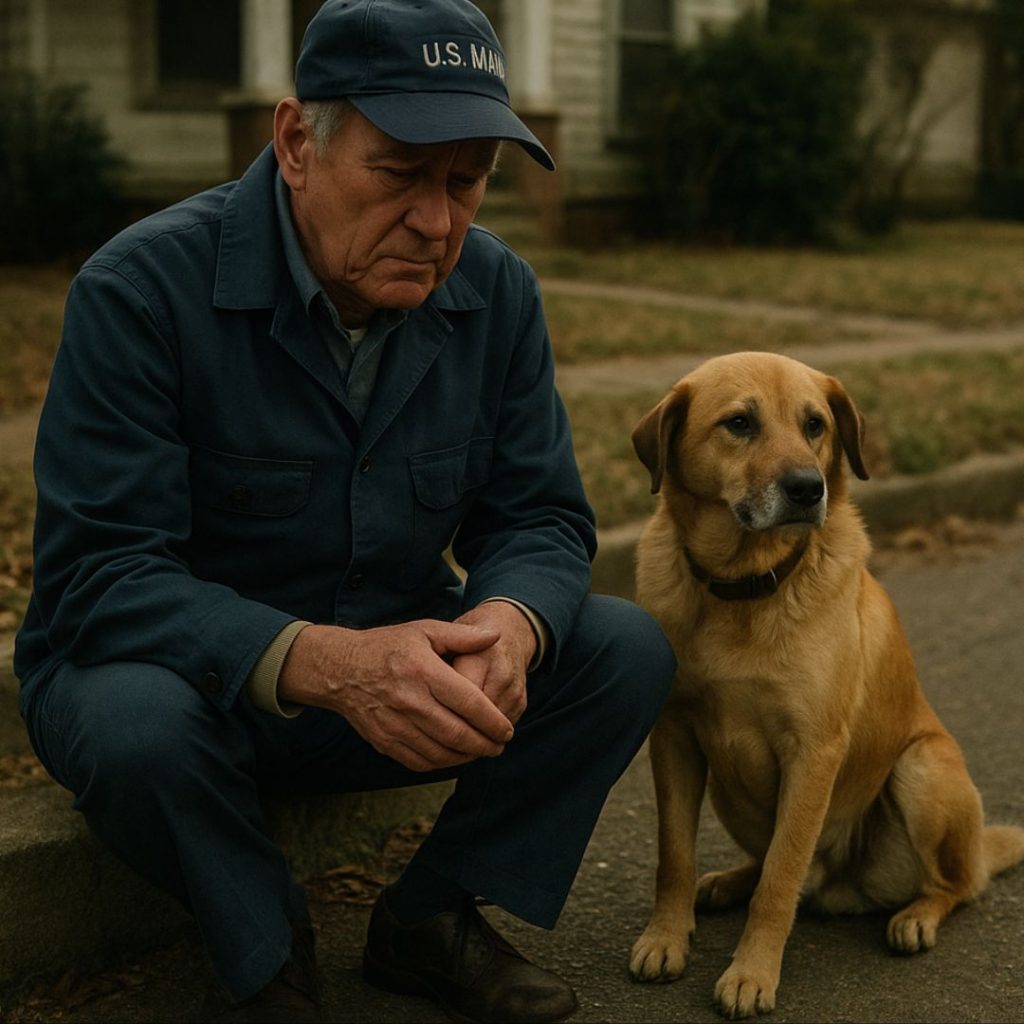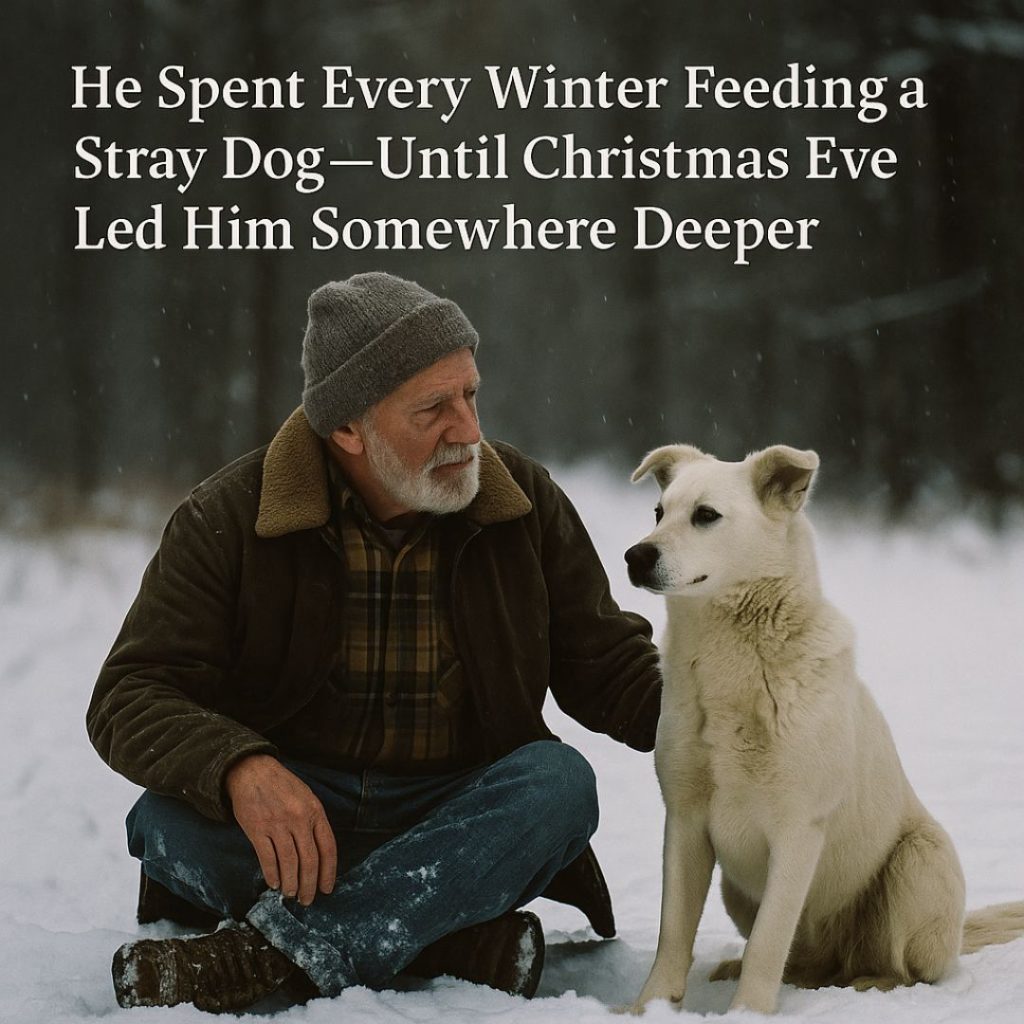Part 5: The Drawing Left Behind
Berlin, 4:17 a.m.
Eli hadn’t slept. Not really. He’d drifted between sketches, tea, and the soft sounds of the radiator ticking beside him. Haider had long since gone upstairs, but left Eli the key and a folded blanket. The smell of old paper and dried ink settled in like a second skin.
He stared at the sketch he’d finished—his most careful work yet. The flower, drawn with deliberate weight in every line. Behind it, faint silhouettes: a boy’s outline, a soldier’s hands, and a desert that stretched beyond the page.
It wasn’t just a drawing. It was a memorial.
He packed the sketchbook, folded Haider’s blanket, and slipped out before sunrise.
—
The airport was full of chatter and flashing screens, the kind of noise that made Eli want to disappear inside his own thoughts. His next stop was Arizona—to return the sketchbook to Carla, and maybe ask the one question still keeping him up:
Why did no one ever tell the boy’s story?
At the gate, a woman in an Air Force sweatshirt glanced down at the book on his lap.
“You an artist?”
“Trying to be.”
“What’s that you’re working on?”
He hesitated. Then held up the old sketchbook beside his own. “A soldier’s memories,” he said. “And the holes between them.”
She nodded, quiet now.
Before boarding, he added a title to the last page of his own journal:
The Camel Sketchbook: A Story of the Boy They Buried Twice
—
Phoenix, two days later
The desert air wrapped around him like an old coat. Dry, crackling, and familiar.
Carla opened the door with red-rimmed eyes. “You look like you haven’t slept since the Clinton administration.”
“Feels like it,” Eli said. “Can I come in?”
At the kitchen table, he placed the sketchbook between them and opened it to the last page—the one he’d drawn.
Jason’s original still stood there, the boy with his hand extended. But now, layered beside it, was Eli’s drawing: the flower, weathered and real, blooming from the same earth where the boy’s feet had once stood.
Carla covered her mouth.
“He really kept all this,” she whispered.
“He kept it for a reason,” Eli said. “But he never showed it to anyone. Not even you.”
“No. And now I wonder if he meant to.”
Eli reached into his bag and pulled out a new hardcover portfolio. Inside: high-resolution scans of every page, cleaned and printed with archival ink. His own drawings were placed between them, carefully numbered.
“I want to publish this,” he said. “As a book. With your permission.”
Carla looked stunned. “You mean like… in a gallery?”
“No. I mean in people’s hands. Where they can see the war through his eyes. Through the boy’s eyes. Through all of yours.”
Carla ran her hand across the clean cover.
“I don’t want money from it,” Eli added. “All I want is to tell the truth.”
Carla nodded slowly, a tear trailing down her cheek. “Then promise me one thing.”
“Anything.”
“Include his note.”
Eli already had. Page 112, in Jason’s own handwriting:
“I should’ve left the sketchbook with him.”
—
Later that week, Eli met with a small local press that specialized in veterans’ memoirs and war-era photography. The editor, a former Marine named Alan, didn’t say much during the first read-through.
But when he reached the drawing of the flower and the final entry, he sat back in his chair and whispered, “This… this will outlive us.”
The working title stayed: The Camel Sketchbook.
Eli offered to write the foreword and design the layout. Alan insisted on donating a portion of profits to war orphans through a Middle Eastern relief fund. Carla provided two more photographs of Jason—one from 1990 in uniform, the other from 2002, sitting on a porch with the original sketchbook beside him.
Eli stared at that photo for hours later that night. Jason had that same quiet look in his eyes. The look of someone still listening for sounds that had long since faded.
—
A month later, advance copies arrived.
The cover was simple: a faded camel’s silhouette against a desert backdrop, drawn in Jason’s jagged hand. Beneath it, Eli’s subtitle:
“A Soldier’s Drawings, a Boy’s Silence, and the Memory That Wouldn’t Fade.”
Eli sent the first copy to Haider in Berlin.
The second to Basim in Detroit, along with a letter written in carefully translated Arabic.
The third, wrapped in brown paper, went to Cormac Reilly in New Jersey.
And the fourth?
That one, Eli left open on Jason’s grave.
—
Carla met him at the cemetery. It was a quiet spot outside Mesa, shaded by acacia trees and dotted with small flags. Jason’s headstone was plain, etched with his name, rank, and two dates:
Jason Michael Grady
1968 – 2023
“He saw what others missed.”
Eli knelt and placed the book gently beside the flowers Carla had laid that morning.
Then he opened to page one and read aloud:
“In war, there are things you carry, and things you leave behind.
I carried a pencil. He carried nothing.
But still, he found a way to give me something.
A flower. Made of tin.
And the memory of a child who didn’t need a country to matter.”
Carla closed her eyes.
For a long moment, there was no wind.
Just quiet.
—
That night, Eli returned home to a blinking light on his answering machine.
“Hey,” came Cormac’s voice, slow and rasped. “Got the book. Sat with it for two hours. Hadn’t cried in years. But… I think I needed to. I think we all did.”
He paused.
“There’s a guy you should meet. Served in Jason’s unit. Name’s Vasquez. He was the last one to see Azzam alive besides Jason and Basim. Still has something he’s been holding onto. Says he’s ready to talk now.”
Click.
Eli stared at the machine.
The story wasn’t finished after all.
There was still another voice waiting in the desert.


